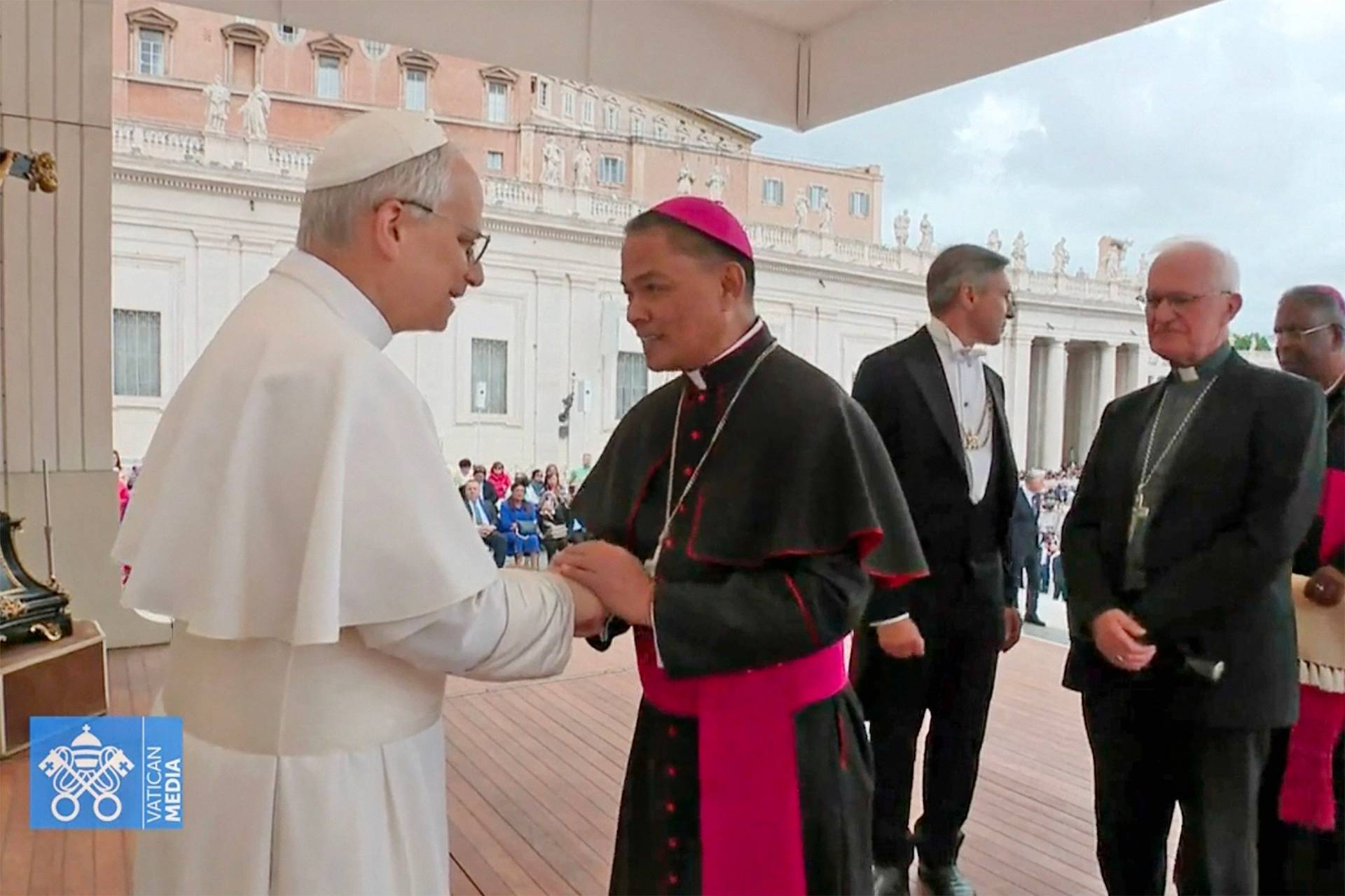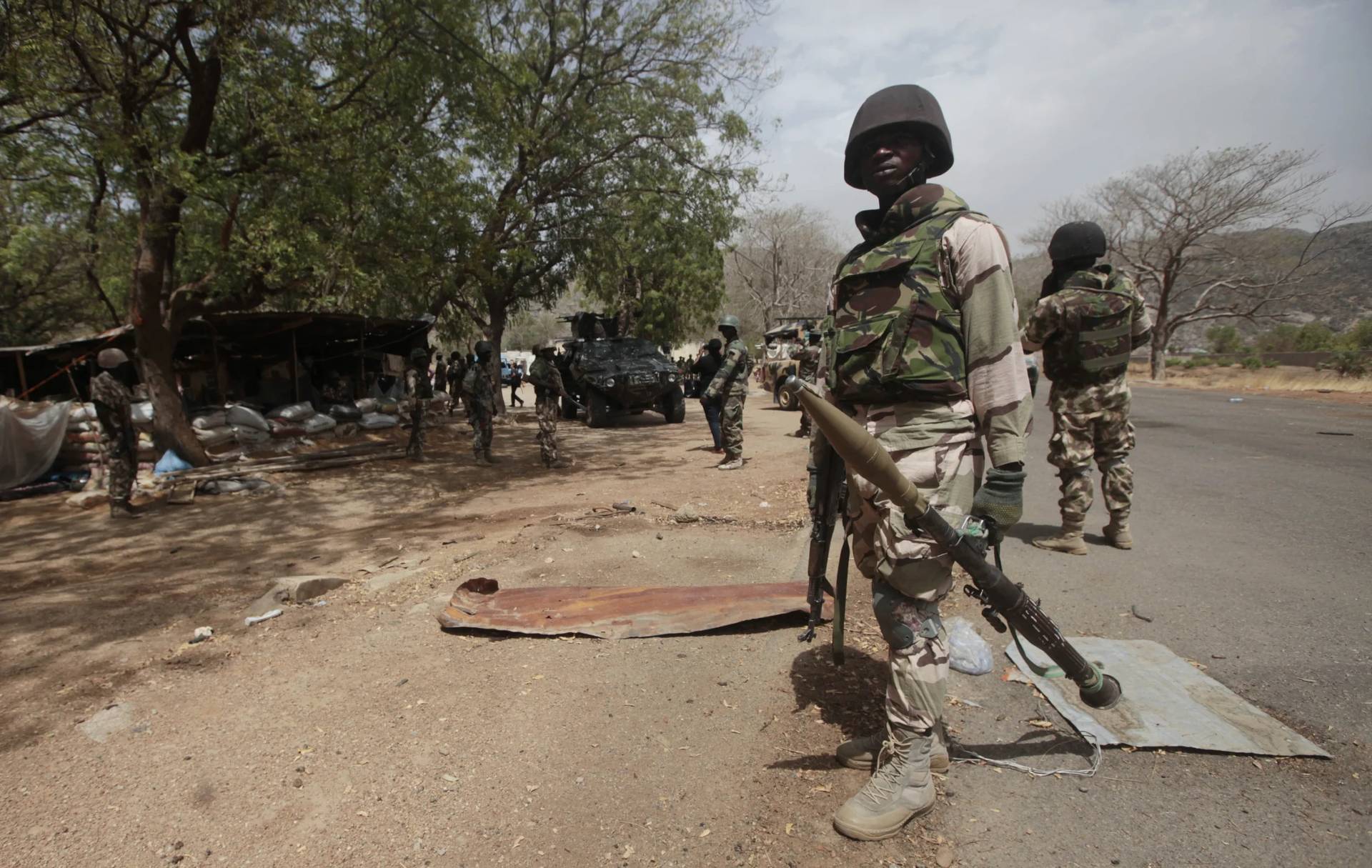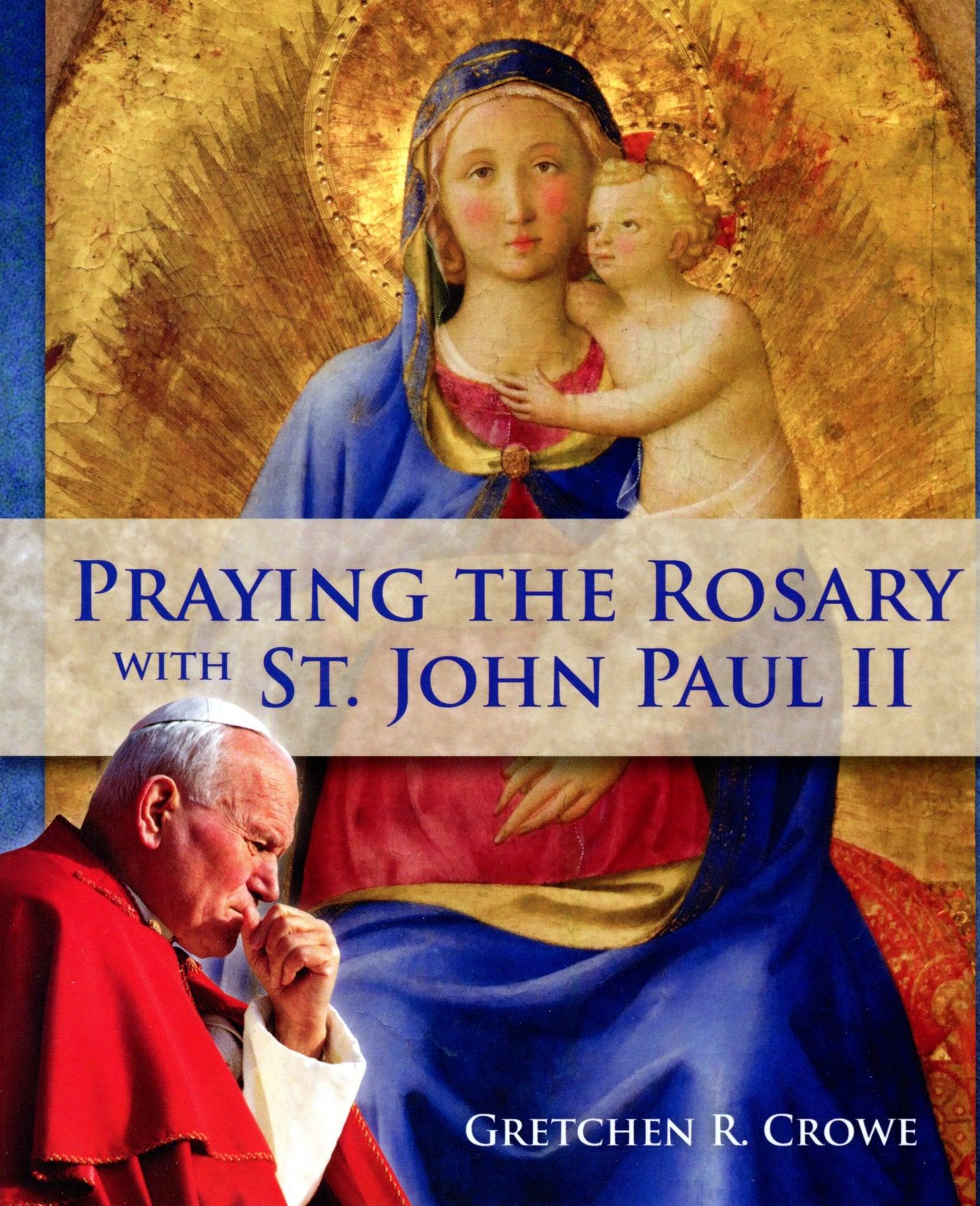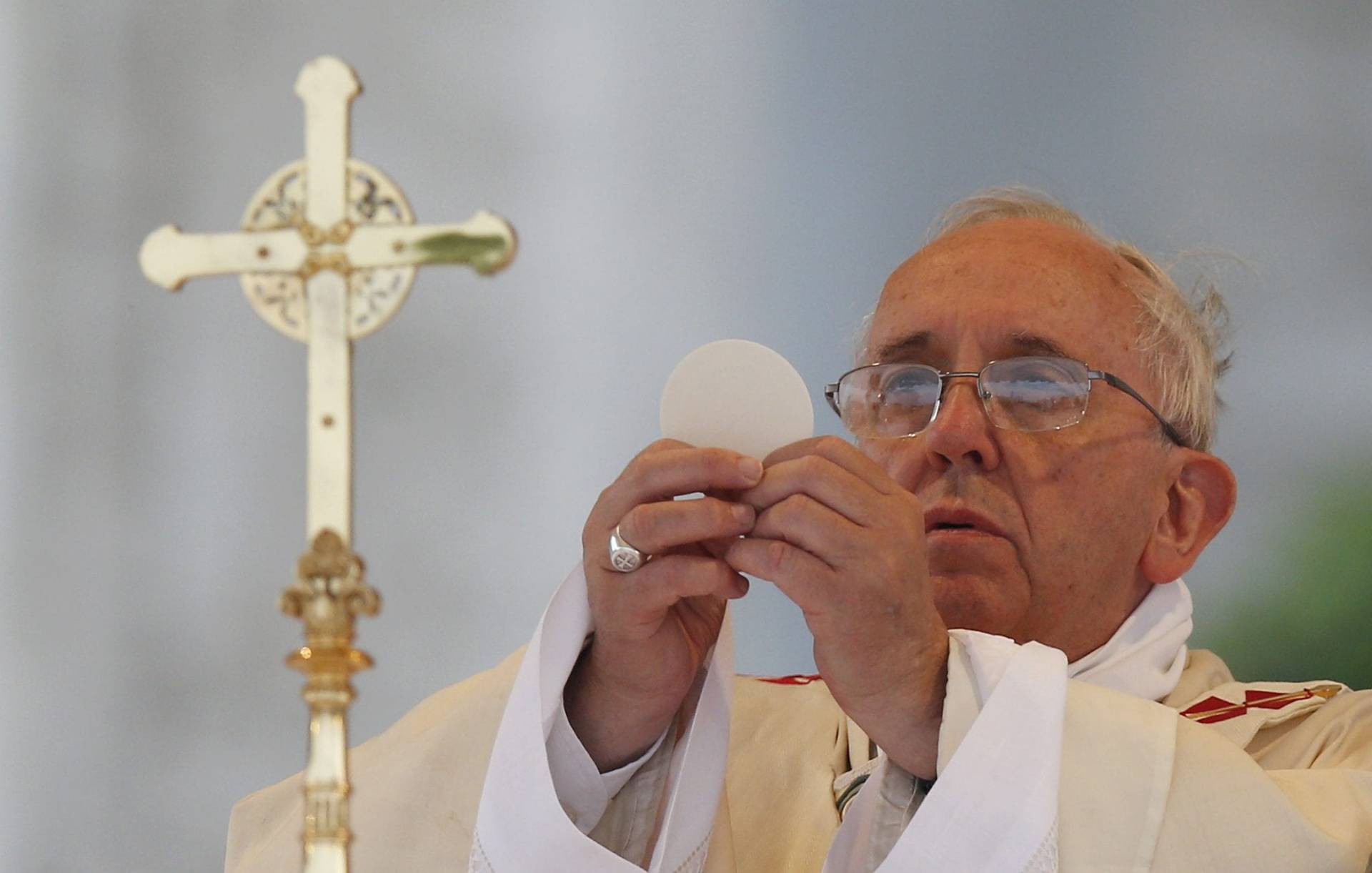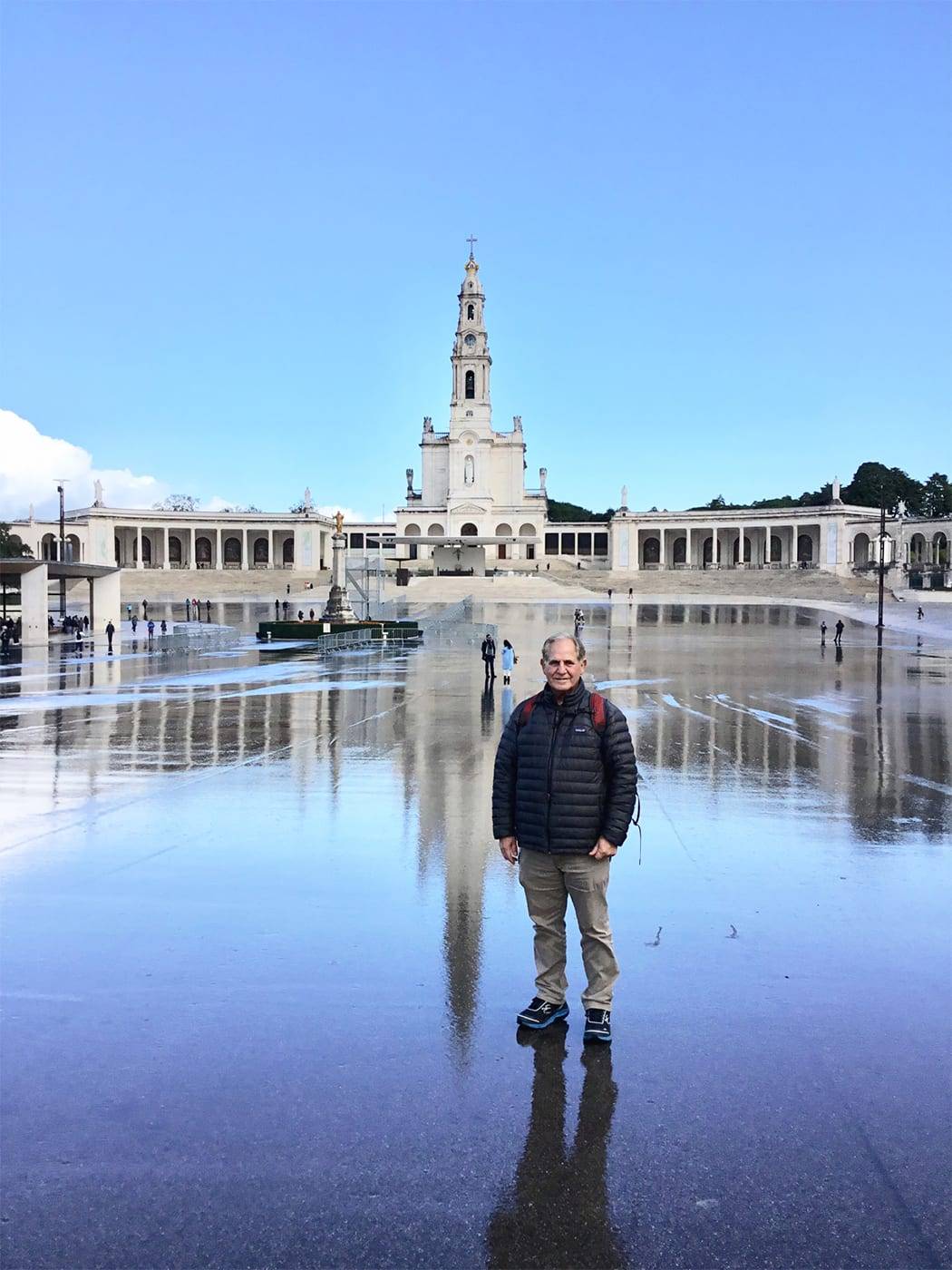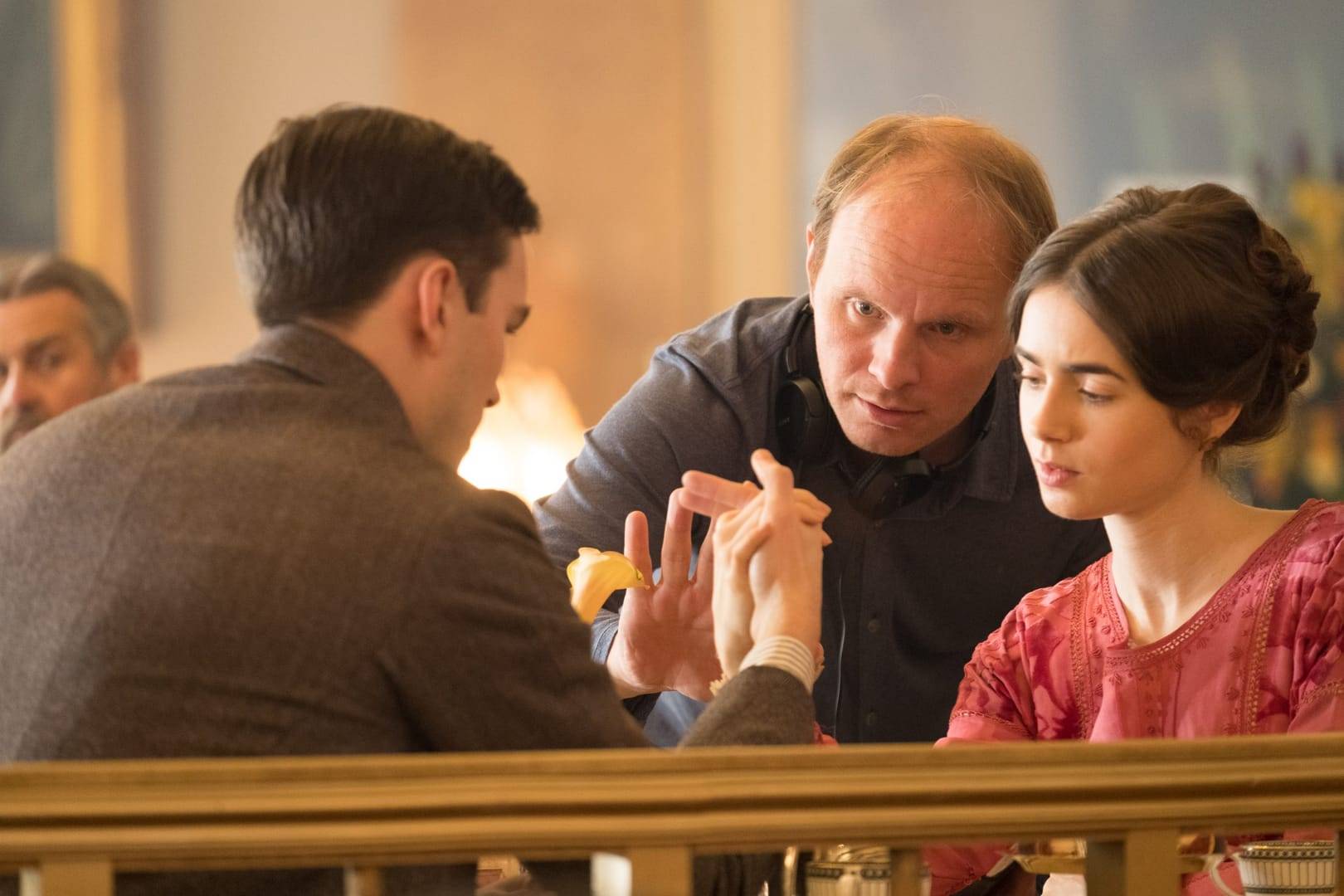SNOWMASS, Colo. — If you’re looking for God but can’t find Him here, you might as well give up.
“Here” is a magical place, an otherworldly, holy place. Big sky. Big mountains. Big questions.
“Here” is St. Benedict’s Monastery and its Retreat House, 8,000 feet up in an as-far-as-you-can-see valley at the foot of the snow-capped Rockies, more than 3,000 acres of pasture with elk, deer, coyotes, bunnies, magpies, and, sometimes, horses and bears. (Nervous city types like me read, repeatedly, the what-to-do-if-you-see-a bear instructions). And there’s almost nothing built on this vast expanse save the monastery and the retreat house itself with eight little hermitages built for two and one built for three. It’s a half hour drive from the nearest main road, then up the long, narrow, unpaved, gravel-and-dirt Monastery Road. Not that road conditions matter much. Most of us here for a weeklong retreat are walking.
You know, every time I start a religious retreat, I show up, look around, and want to turn and run. What am I doing here? Why have I wasted these vacation days? Am I crazy? Who are these people who’ve given up seven nights and days to be in solitude and silence, 24/7, among 20 strangers? Even eye contact is discouraged, as in pleasant smiles over the dinner table or “excuse mes” in the coat room.
And there’s an added twist. We are unplugged. “No service” says your cell phone. No “network” says the laptop. No newspapers, radio, TV, or music either. No communication home save the emergency number in the kitchen should somebody in the family need to reach us in a crisis.
Day 1 and 2, I’m feeling lonely, lonesome, cut off. I’m feeling irresponsible, guilty, borderline criminal for not keeping up with my emails. When I can’t recall something fast — a name, a fact, whatever — I can’t Google it for an instantaneous answer. I have to think. I’m not used to it.
At silent retreats I’ve been to before, half the place heads out for a non-silent walk after dinner, cell phones in hand, to catch up with spouses, kids, ailing parents, colleagues for work gossip. Back in our rooms, we check emails on our laptops and surf the Net for news.
After dinner here, we’re calling and emailing nobody, surfing nowhere, hearing nothing. It’s just quiet, only the sound of coyotes screeching in the sagebrush, the wind when it howls like a hurricane whipping up from that empty valley, and the sound you hear inside your head when there’s no sound outside your head.
“This is an invitation,” the retreat facilitator tells us on our first night, gathered around in a circle. Show up to prayer and keep a still, silent space for a conversation with God.
In the silence, she tells us, magic happens.
I said before that every time I start a religious retreat, I show up, look around, and want to turn and run. This time, I worried that some catastrophe would happen and we wouldn’t know. Florida would sink into the Atlantic. “The Donald” would announce plans to invade Canada. Walking from my hermitage to the retreat house, flashlight in hand in the inky pre-dawn, I worried about some rogue bear or a pack of coyotes. I worried that after four or five days gone, no communication, my grown children would miss their mother. (They didn’t, as it turned out.)
I worried about what friends and family were thinking of my coming here. That I’ve turned into some religious nut? “You’re off to the cult again?” That’s how one of them puts it.
But this time I didn’t worry about escaping, turning and running away. My typical, “Why am I here?” became, “When can I come back? And please let the week linger long and slow.”
* * * * *
This is a holy place. You can feel it in the silence, so powerful, so filling, hour after hour, broken up only by chanting monks in a dimly lit chapel. Magic happens, the facilitator said. And it did.
Here was our schedule, each day pretty much the same as the next.
The really ambitious rose at 4 a.m. to walk or drive in silence, in the dark, three-quarters of a mile from the retreat house for 4:30 Vigils at the Monastery. At this altitude, early morning temperatures were way below freezing, one day in single digits. The rest of us rose at 5 a.m. for group meditation, 5:45 to about 7. We began in a circle in the dark. When we opened our eyes we looked out the prayer room window – a chalet-style massive window at least 20, maybe 25 feet high and covering almost an entire wall of the meditation room. There we saw the sun lighting just the top of the snow-capped Rockies, the trees and brown below still invisible in the dark. It was like nothing I’d ever seen before, until the next morning. Then we opened our eyes and most of the mountain range was missing. It had disappeared in clouds. It was snowing.
Every day after this pre-dawn “sit,” it was back to the monastery for morning Lauds and Mass at 7:30. Then breakfast, in silence, served family-style at sturdily crafted wooden tables in a dining room with more massive windows looking out at the mountains. Then group meditation at 10:15 for nearly two hours. Then lunch, in silence. Then free time. Then meditation again from 4 until about 5:15. Then dinner, in silence. Then back to the monastery for evening vespers and back to the hermitage for bed. In silence.
All this added up to about four hours of meditating and two hours of praying at the monastery every day. That’s a total of 42 hours over seven days. Clearly, this isn’t for everyone. It’s not for those new to silence, either. In fact, the staff asks that all retreatants have previously completed an 8- or 10-day mostly silent retreat, but one with group discussions, meditation instruction, daily check-ins with facilitators — not a retreat with none of that, like this one. Yet spaces in these so-called post-intensive retreats are nearly entirely filled, already, through the end of 2016. With waiting lists.
The meditation technique here is “Centering Prayer,” a method of silent prayer in which a practitioner chooses a sacred word — Jesus, love, amen, whatever — sits with closed eyes, and returns to the word whenever thoughts arrive (all the time in the beginning). Adherents say Centering Prayer is transformative, eventually allowing ordinary people to receive a direct experience of God, to learn to live “ordinary life with extraordinary love,” as the Trappist monk Thomas Keating has put it, and to go into the world and do loving service for others.
In 1975, he and two other monks at St. Joseph’s Abbey in Spencer, Mass. revived and refined the ancient Catholic meditative prayer, which had fallen out of favor. Keating founded Contemplative Outreach 30 years ago as a spiritual network to teach the prayer, now practiced by tens of thousands around the world. Keating, 92, lives at St. Benedict’s Monastery. So does William Meninger, the second monk who worked with him.
I’ve done Centering Prayer for years. I love it. I know how it can change a person. Yet I admit to a doubting life. At retreats like this, filled up with quiet and the slow, repetitive rhythms of each day, I’m with the program completely. Then I start second-guessing. Have I made all this God-stuff up in my head? Is the sense of peace and wonder real? Or have I come to Colorado and hypnotized myself?
I ask one of the staffers, a wise, fun, and charismatic woman who’s been “Centering” for 30 years. What about her doubts? “I have no doubts,” she tells me, just like that. No hesitation. No second-guessing.
I hear more of that certainty at the retreat’s end. That’s when we gather back in our circle. One by one, men and women living in the real world, like me, take turns telling how this week has deepened their faith and spiritual life. Their words amaze me.
* * * * *
The Gospel during one of my retreat days is Luke 14:15-24. It’s about the rich man who holds a great banquet and invites the prominent townspeople. But when the banquet time comes, one by one, the invited make excuses. They’re too busy now. So the rich man sends his servant to the streets to invite instead “the poor and the crippled, the blind and the lame.” With no important commitments or competing invitations, they show up in droves.
The banquet is a metaphor for who lives in the kingdom of God. A frequent interpretation: The rich and prominent have so much busyness and success in their lives, they don’t see the point of coming to the kingdom. They have too many distractions. They might not even hear a divine “invitation” were one offered. In that sense they are much like us, distracted by work, family, moneymaking, Netflix, texts, phones, Facebook, and emails.
We’re warned about the difficulty of re-entry from a week of under-stimulation into the frenzied world. I’m glad we were. A half hour later, it’s tension city at the airport. Anxiety. Pressure. Pressing against each other in long lines. Shoving overstuffed carry-ons into already over-shoved, overhead compartments. Stuffed into my own seat, my head already pounding, I check my phone: more than 900 new emails. Most are asking me to buy something or donate to a not particularly worthy cause. I can’t yet take the bombardment of Facebook.
Before I’d left St. Benedict’s, as I sat on its porch staring out at those mountains one last time, I’d told one of the staffers how much I loved my week here. I said I’d write a story about the place. I said I’d email it to her. Can’t, she told me. She doesn’t do email.








